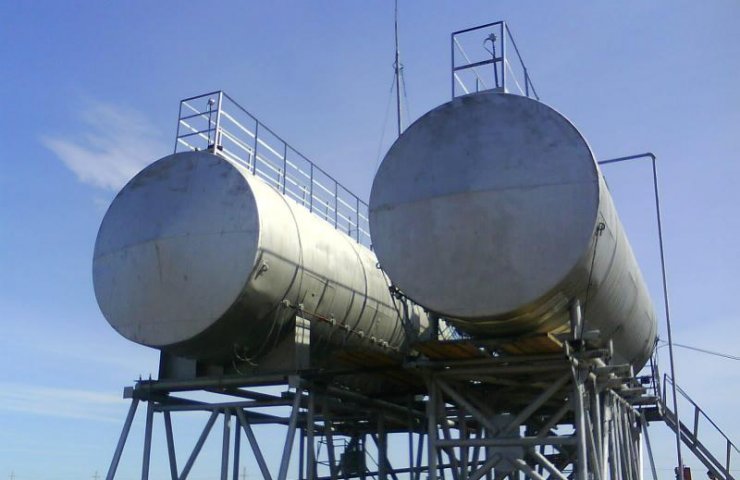There are quite a variety of containers for liquids with very different chemical composition. The basic material used is regular or stainless steel. Tank to withstand the physical loads on the wall, and welds, the engineers pre-calculate all the characteristics of the future product. A complete list of all tanks can be viewed athttps://beltank.ru/.
Type and purpose
Products are divided into only two types: vertical and horizontal tank. The first type is mainly used for storing water and chemically aggressive liquids. And the second for the storage of flammable substances and their distribution to consumers. The scope of application is wide enough:
- the
- as a storage supply of drinking and technical water. the
- To store a wide variety of petroleum products. the
- as underground reservoirs for safe storage of gasoline or diesel fuel. the
- For the boiler, as a backup supply of water for the heating system. the
- In the chemical and pharmaceutical industries, for mixing of reagents and the production of new liquids.
In fact, the use of steel tanks is not limited to this list. And thanks to the additional equipment installed on the vessel, the scope of application will expand significantly.
Additional equipment
in order to have the capacity to function properly, its additional complement of equipment. Standard are the following components:
grounding and lightning protection system;
- tools to help to cope with fire;
- the level gauge helps you accurately determine the balance of the fluid in the tank;
- maintenance hatch for cleaning and repair of tanks;
- test hood, for sampling the liquid;
- artificially closes the vent valve.
any additional equipment can be installed as needed, without deterioration of basic characteristics of steel tanks.
the advantages of steel tanks
Steel not only can withstand significant temperature drop without any negative effects of the product. Will easily cope with the extra physical exertion. What can be said about polymer and concrete structures. Corrosive substances much more slowly destroy the dense structure of the steel, and the capacity can normally be operated for several decades.





